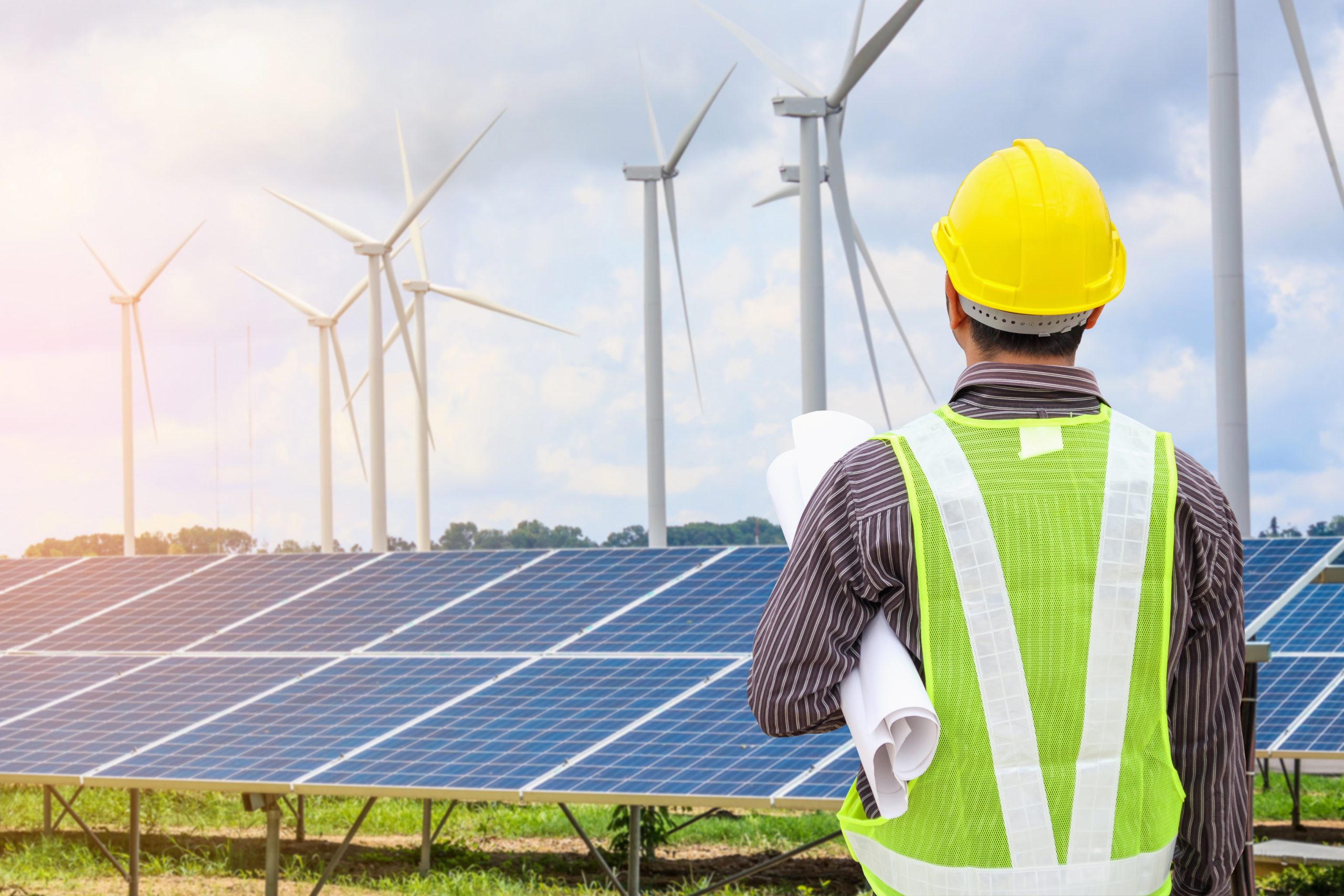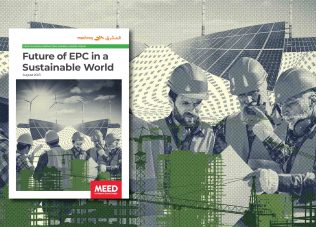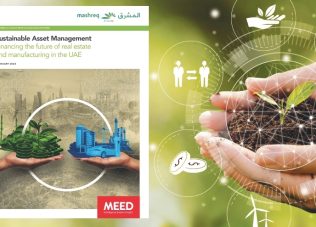Government support vital for clean energy growth

Greater public-private collaboration will be key to meeting net-zero energy production targets
Power developers and utility providers in the Middle East and North Africa (Mena) have set ambitious targets to expand their renewable energy portfolios by the end of this decade.
For example, Oman and the UAE intend to become net zero by 2050, with the latter targeting a carbon emissions reduction of 23.5 per cent by 2030. Saudi Arabia and Bahrain aim to become net zero by 2060.
These net-zero targets, in theory, mean that by the set deadlines, each of the four countries must have most of their electricity generated from renewable or alternative energy sources, such as solar, wind and nuclear, or be able to capture any carbon produced from gas-fuelled power facilities. Green hydrogen production will also play a major role in these GCC states achieving net zero.
Investments by respective governments to attain these net-zero goals will therefore translate into a growing pipeline of projects. This will result in government agencies and state utilities not just spending on clean energy production projects, but also undertaking cost, consumption and other risks associated with such projects that private players are unwilling or incapable of taking on.
This is an important consideration given that the substantial increase in utility-scale renewable energy capacity will be driven primarily through public-private partnerships (PPPs), with the private sector taking on the responsibility of financing, building and operating facilities.
However, since these major clean energy growth plans align with regional states’ strategic, long-term climate action and sustainability goals, continued government support will also be key to their success.
During a panel discussion titled ‘Future of EPC in a sustainable world’ hosted jointly by MEED and Mashreq in Dubai on 30 May, participants emphasised the role governments must play both at the policy and implementation levels in the growth of sustainable energy production.
“If you look at solar energy, basically it was driven by government backing and taking a lot of the risk in place,” said panellist Konstantinos Kanellaidis, partner – Infrastructure Advisory at EY.
“So yes, the private sector was able to accelerate power production, but the government took a lot of the risk. You needed support from the government to encourage the adoption of new technologies, have them proven and then taken forward.”
An obvious way the government can support continued growth is through an evolving regulatory regime that can continue to attract and accelerate investment.
“If you look at the pipeline, I don’t think there’s a lack of [renewable energy] projects,” said Gagan Porwal, head of International Market Partnerships – Carbon Solutions at GE Gas Power.
“So, when it comes to challenges, if all that money is ready to be pledged and available, then what is limiting the momentum? And I think the momentum funding starts coming with the regulatory mandates and policy support.
“This is because people [invest] money when they have confidence that there’s a bankability of the project and there’s a longer-term IRR [internal rate of return] and ROI [return on investment].
“If we go back 20 years, when wind energy was still at a nascent stage, the scaling up of renewables basically happened because the lead was taken by the public sector, by providing measures like lower tariffs and incentives to EPC [engineering, procurement and construction] and manufacturing companies. That gave the technology [providers] the breathing space to grow and say we are now going to scale up,” Porwal explained.
“If you put all those equation sets together, the government has to be the first to take the lead so that we don’t end up in a chicken and egg situation of do I put the steel in the ground first and get it going, and then everything will come? Or do I wait for a policy and incentive to happen?”
Gulf climate commitments
Although the PPP model for power and water generation in the region is now well-established, it is clear that the massive ramp-up in new production capacity required for each state to meet its net-zero ambitions will need even greater government support if the targets are to be achieved.
A case in point is the Mena region’s efforts to kick-start a green hydrogen industry.
“If we take hydrogen as an example, the cost of hydrogen today, with all the best-known incentives, if it reaches production, it’s going to be $2/kg at the consumption point. This basically means you need to be able to displace a gas consumption of $14 a million BTUs against that hydrogen,” Porwal illustrated.
“Who is going to go and incentivise and push the guys [utilities producers] to move away from running a gas asset to hydrogen? So, the role of government becomes fundamentally critical to make sure that this technology sees the right amount of seeding in the early stages.”








